
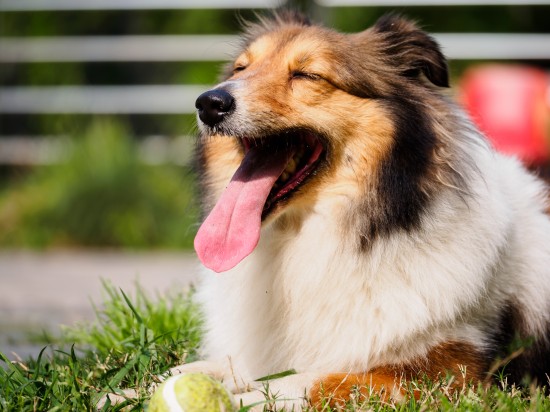
Every dog owner knows that the mouth of their dog is a fairly dirty place, laden with bacteria that can be harmful to people. This is why it is important to wash your hands properly after your dog has licked you, and not to allow your dog to lick your face.
Dogs also spend an inordinate amount of time licking their genitals and anus, which is a further sign, if one were needed, that the mouth of the dog is not something you would want to get up close and personal with! Dogs explore the world around them with their mouths to a great extent, and as they do not have hands and opposable thumbs, also use their mouths to pick up and carry things, chew, and gain a better feeling for the world around them.
Have you ever wondered what the score is regarding your dog’s natural mouth bacteria, what it consists of, and how dangerous it can potentially be? Read on to find out!
A wide range of bacteria naturally dwell within your dog’s mouth, and some of these are actually essential to retaining the natural balance of health in the mouth, and even to begin the process of breaking down and digesting food. However, some of the bacteria within the mouth can actually potentially lead to sickness or ill health, either in your dog or in people that come into contact with the dog’s saliva. Where your dog is concerned, their bodies regulate the mouth’s bacteria levels when they are healthy, and keep everything in balance.
A list of just a few of the different bacteria types that can be found within the mouth of the healthy dog include:
All of these bacteria are safe and natural to the mouth environment of your dog, but there are other ways in which some of them can make your dog, or you, sick. One of the bacteria listed above that may stand out as familiar for many people is Staphylococcus aureus, which is the bacteria responsible for causing staph infections in both people and animals.
When bacteria such as this is introduced to another part of the body-for instance, if your dog has an open wound or cut that they then lick- bacteria can be introduced into the wound, and potentially cause an infection. The same is true if your dog is bitten by another dog that draws blood, or if your dog bites you, or licks you over a wound or cut.
As well as the above bacteria list all of which are common within the healthy dog, dental plaque on the teeth of the dog can introduce additional bacteria too. The healthy dog with teeth in perfect condition should not be afflicted with plaque, but nevertheless, the vast majority of adult dogs do have plaque on their teeth to some degree!
A range of different bacteria types are actually responsible for the development of plaque on the teeth, including Campylobacter rectus, Porphyromonas gulae, and Tannerella forsythia. Added to this, dogs can also propagate some human-specific bacteria’s within their mouths, including Treponema denticola and Eikenella corrodens.
It is not hard to pass bacteria back and forth between you and your dog, and for such bacteria to thrive within a new host!
Any incident involving a dog bite that breaks the skin should be handled quickly to clean the wound, whether your dog has nipped you or another dog has bitten your dog.
A great many complications can arise from the introduction of mouth bacteria into an open wound, some of which are potentially serious.
The Capnocytophaga canimorsus bacteria, found in the mouths of some dogs, can actually lead to blood poisoning and septicaemia in people, while the staph bacteria mentioned above can soon introduce infection into a wound that might be problematic to address. Streptococcal infections too can be passed on by saliva entering an open wound!
In any incident that involves contact with dog saliva to broken skin or an open wound, it is important to act quickly to thoroughly clean the wound, to prevent bacteria from taking a hold.
If the wound is bleeding but not to the point that it might prove dangerous, it is wise to allow it to bleed for a minute or so, to allow the blood to wash bacteria out of the wound. The wound should then be thoroughly sanitised and cleaned before dressing, to remove or kill any bacteria present.
It is relatively well known that one of the bacteria present in canine faeces can potentially lead to blindness in people, but it doesn’t occur to everyone that this same bacteria is also present in the mouth of the dog, being transferred by the process of the dog licking their back end.
This is why it is so important to keep your dog from licking your face, particularly your mouth-and make sure that your children know this too, and follow the same rule.
Always wash your hands after handling your dog, and teach them as much as possible to keep their tongues to themselves!
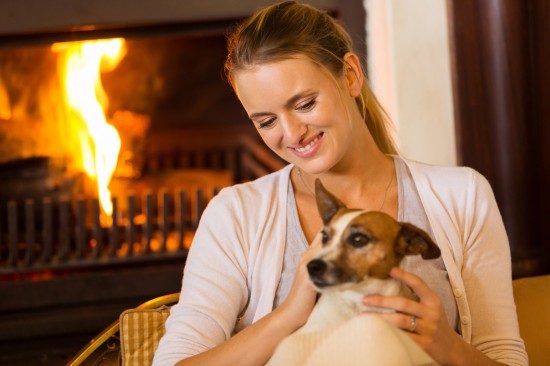 The Benefits Of Fostering For Rescue Dogs
The Benefits Of F
The Benefits Of Fostering For Rescue Dogs
The Benefits Of F
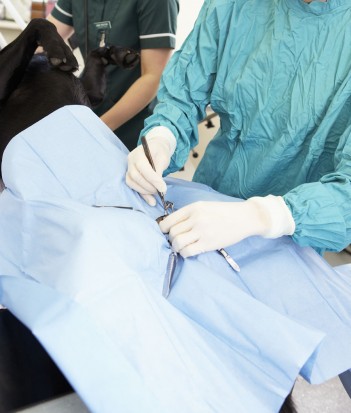 Neutering And Spaying - Is It Morally Right?
Neutering And Spa
Neutering And Spaying - Is It Morally Right?
Neutering And Spa
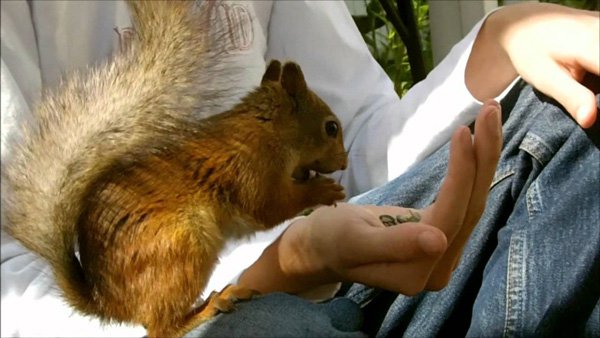 Information on bull terrier puppies
Information on bull terrier puppies
Bull terri
Information on bull terrier puppies
Information on bull terrier puppies
Bull terri
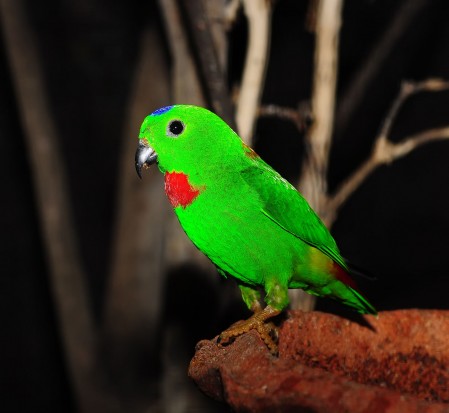 Blue-crowned Hanging Parrot
Blue-crowned Hang
Blue-crowned Hanging Parrot
Blue-crowned Hang
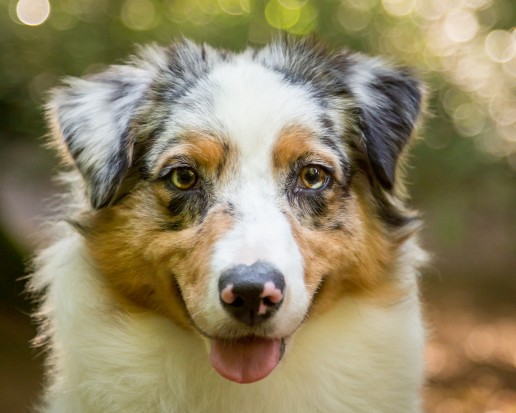 8 Things Dog Faeces Can Tell You
8 Things Dog Faec
8 Things Dog Faeces Can Tell You
8 Things Dog Faec
Copyright © 2005-2016 Pet Information All Rights Reserved
Contact us: www162date@outlook.com